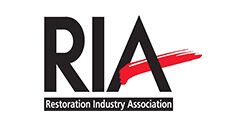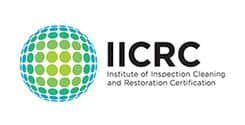Water damage can occur in various forms and can be caused by a multitude of sources, such as leaks, floods, or burst pipes. It is crucial to understand the different types of water damage to address the issue effectively and take the necessary steps to prevent further damage. In this article, we will outline the three main categories of water damage, based on the source and level of contamination: clean water damage, gray water damage, and black water damage.
1. Clean Water Damage
Clean water damage refers to water damage caused by clean, uncontaminated water. This type of water damage typically originates from sources such as:
- Burst or leaking pipes
- Appliance malfunctions, such as a dishwasher or washing machine overflow
- Water supply line issues, such as a broken water main
Although clean water damage may not pose an immediate health risk, it can still cause significant damage to your property and belongings. If left untreated, clean water can seep into walls, floors, and other materials, leading to structural damage and mold growth. It is essential to address clean water damage as soon as possible to minimize the damage and prevent further issues.
2. Gray Water Damage
Gray water damage refers to water damage caused by water that contains a moderate level of contamination. This type of water damage typically originates from sources such as:
- Overflowing bathtubs, sinks, or showers
- Washing machine or dishwasher discharge
- Water from an aquarium, waterbed, or similar source
Gray water may contain chemicals, bacteria, or other contaminants that can pose a health risk if ingested or if it comes into contact with skin. As with clean water damage, gray water damage can lead to structural damage and mold growth if not addressed promptly. It is essential to clean and disinfect the affected area thoroughly to prevent further contamination and minimize health risks.
3. Black Water Damage
Black water damage refers to water damage caused by water that contains high levels of contamination, such as sewage or floodwaters. This type of water damage typically originates from sources such as:
- Sewage backups or overflows
- Floodwaters from natural disasters or severe weather events
- Water from rivers, lakes, or other contaminated bodies of water
Black water poses the highest health risk of the three categories, as it often contains harmful bacteria, viruses, parasites, and other contaminants. Exposure to black water can lead to serious illnesses and even death in some cases. Due to the severe health risks and potential damage associated with black water, it is crucial to address black water damage as soon as possible and with extreme caution.
Professional water damage restoration companies are equipped with the necessary tools, knowledge, and protective gear to safely and effectively clean and restore properties affected by black water. It is highly recommended to hire a professional if your property has been affected by black water damage.
Conclusion
Understanding the different types of water damage is essential for effectively addressing the issue and preventing further damage to your property. Clean water damage, gray water damage, and black water damage each require specific approaches and precautions based on the level of contamination and potential health risks. By identifying the category of water damage affecting your property, you can take the necessary steps to clean, disinfect, and restore the affected area, protecting your property and your health.







